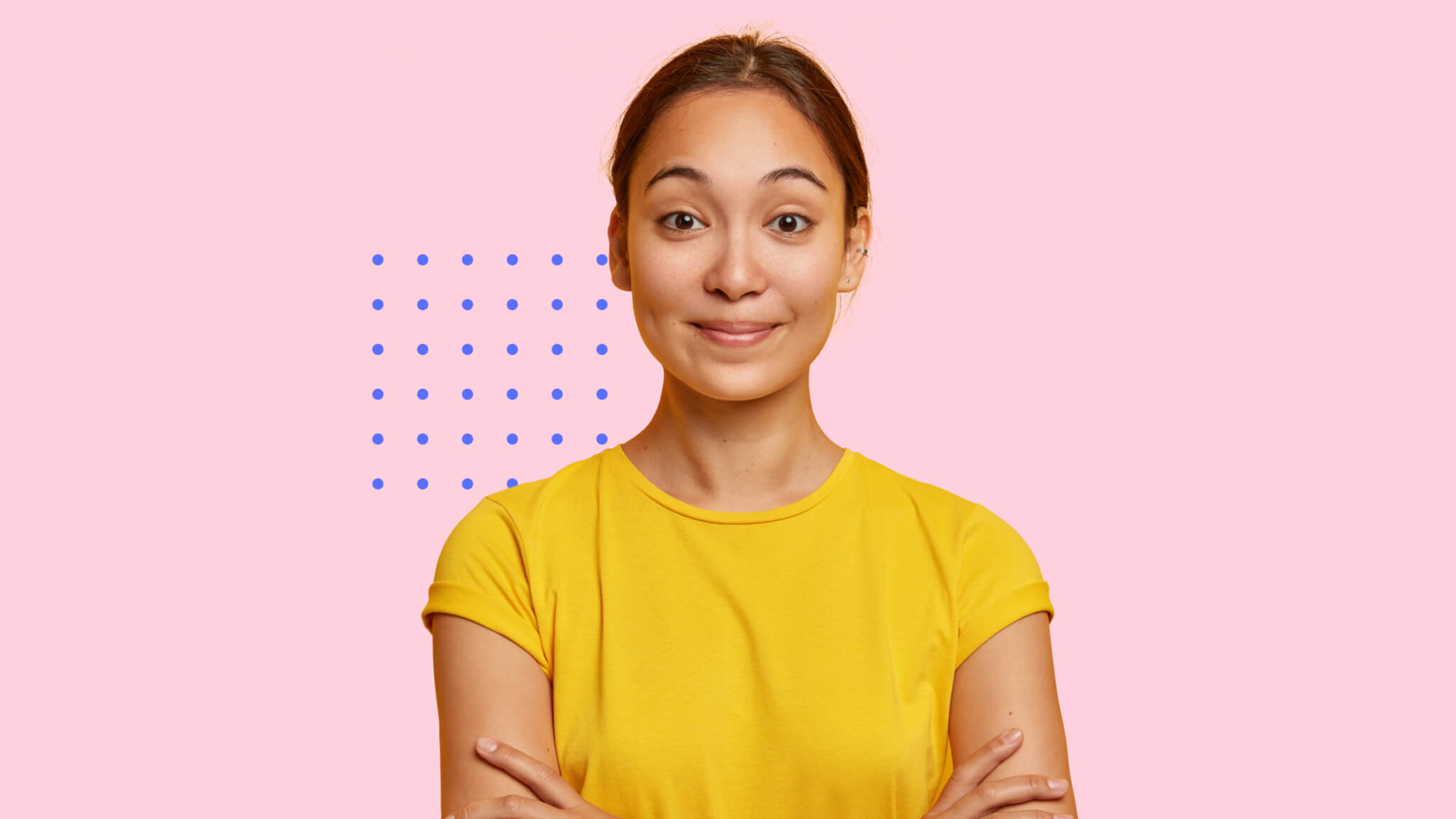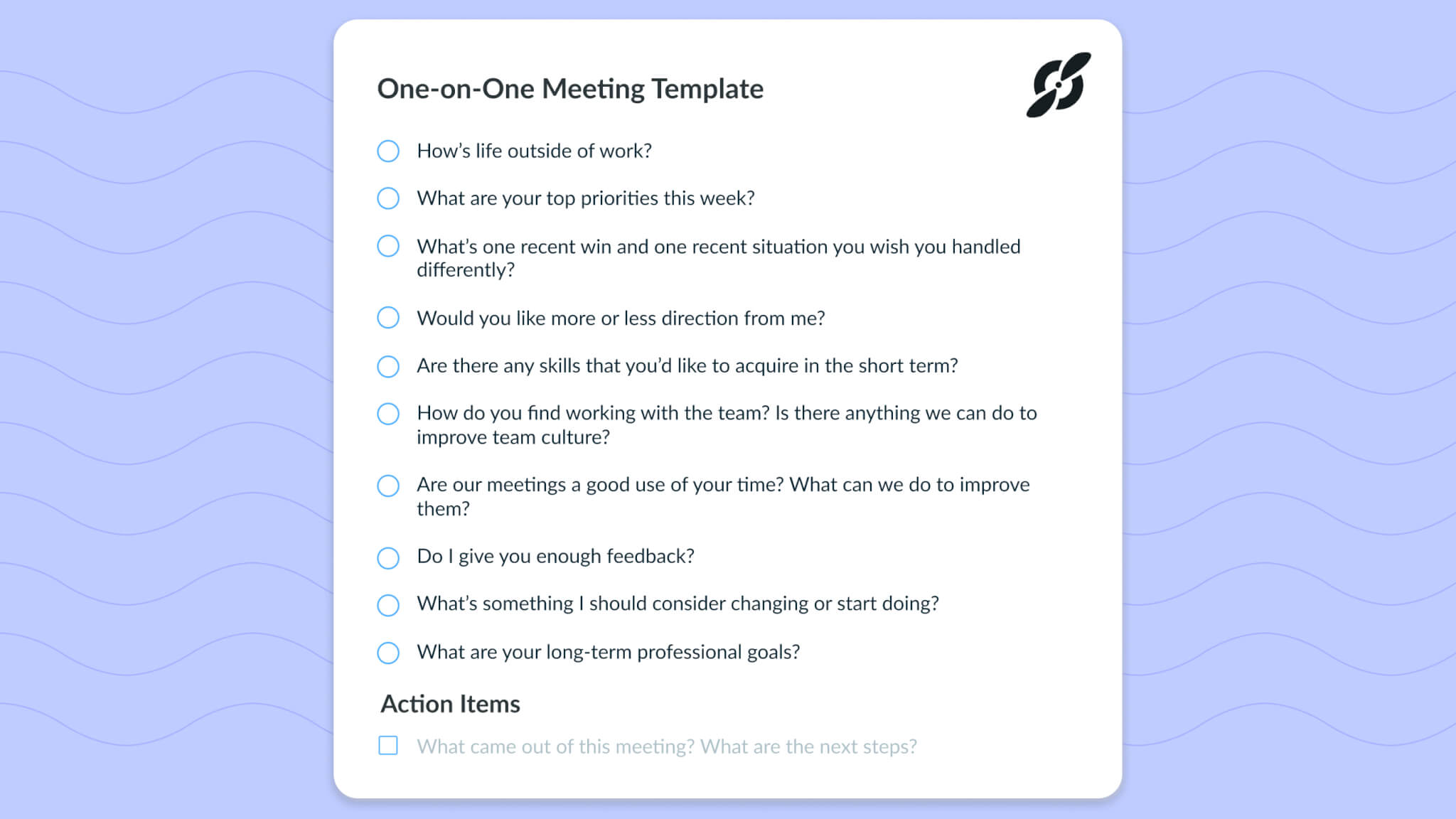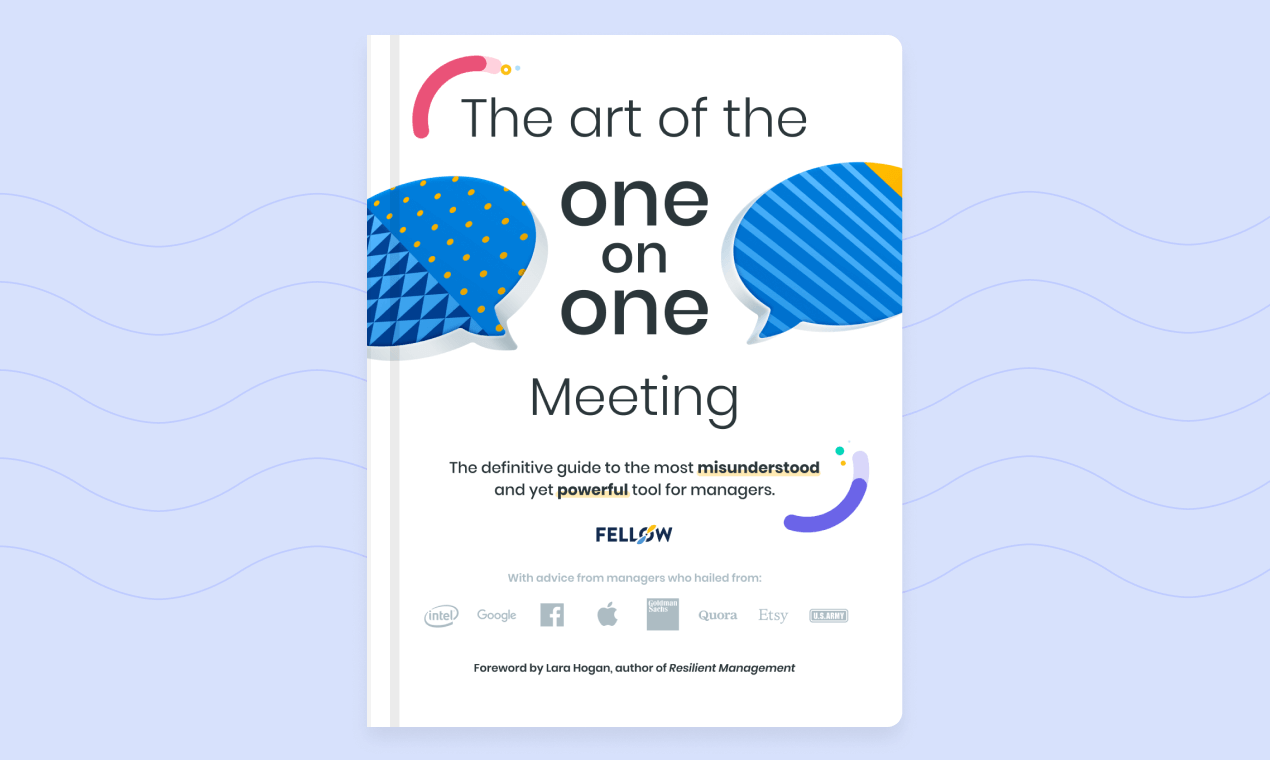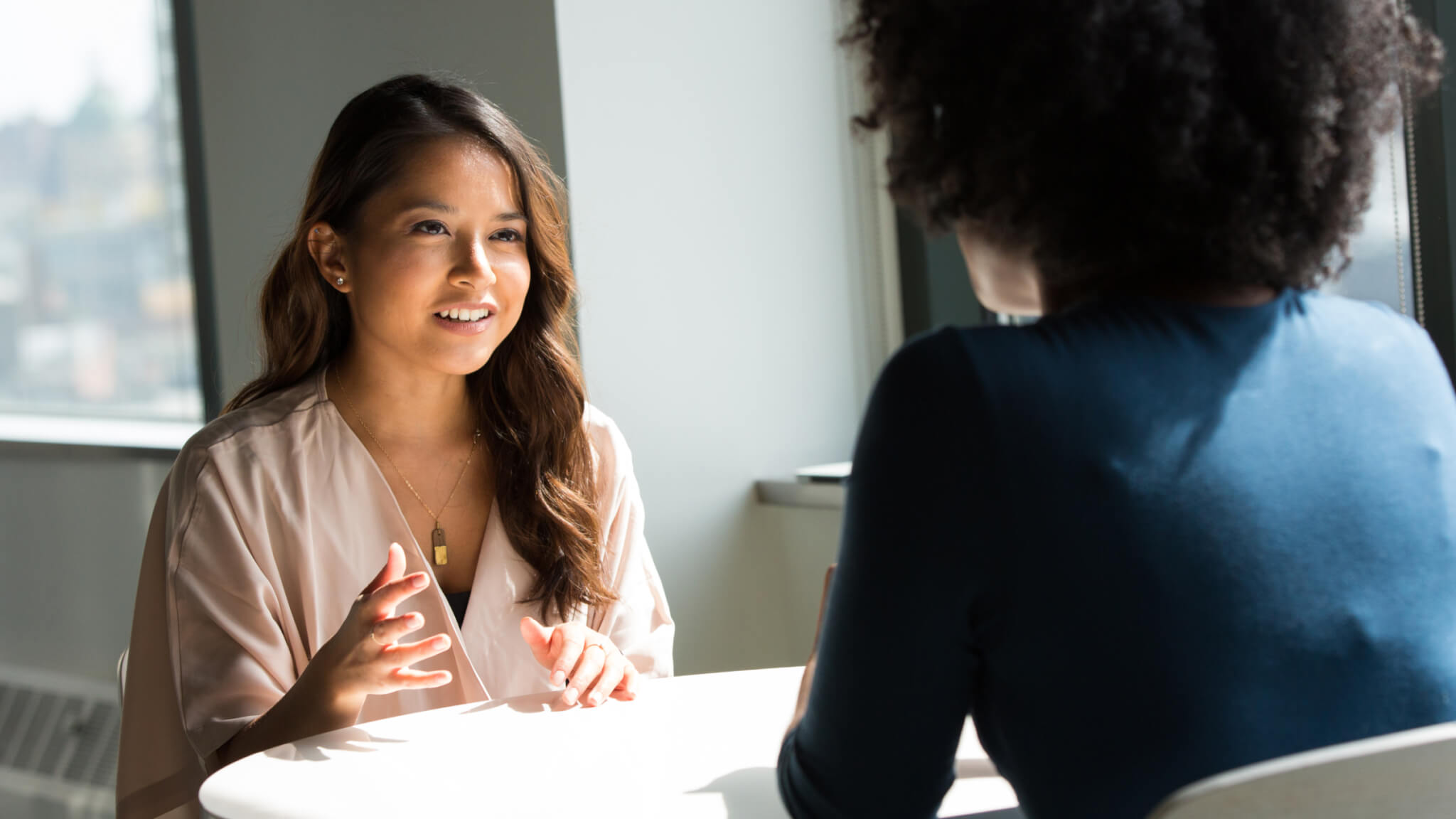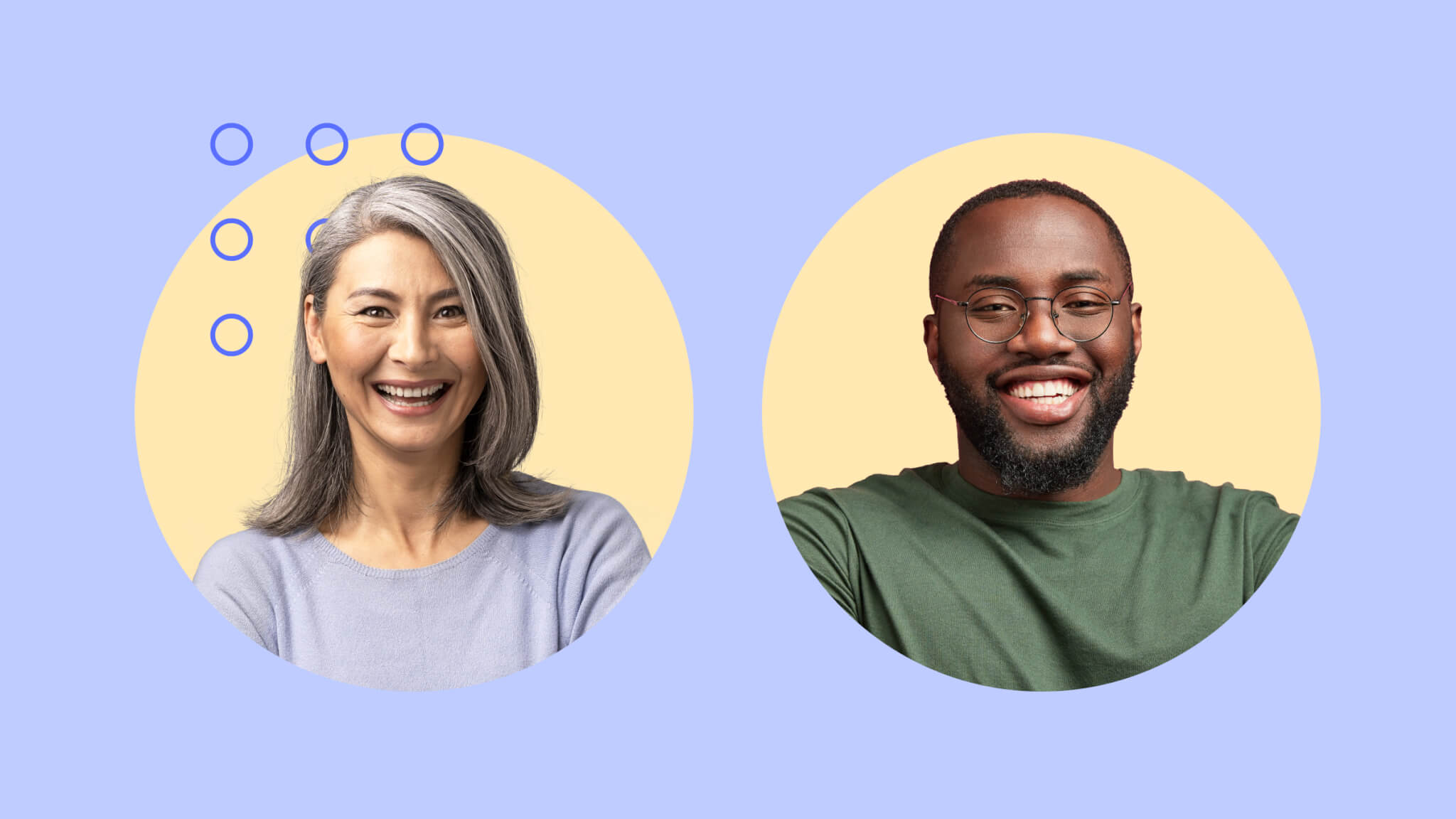How to Get Employees to Prepare for Your One-On-One Meetings
5 tips to help you make the most of your one-on-ones and ensure your direct reports bring talking points to discuss.
“My direct report doesn’t like one-on-one meetings.”
“One of my reports tends to focus on status updates during our one-on-ones.”
“I’ve tried scheduling one-on-one meetings, but my employee rarely brings talking points to discuss.”
I’ve heard these types of comments from many managers. If you’re one of them (or have experienced similar situations with your employees) these tips and tricks are here to help!
. . .
If you listen to leadership podcasts or have read management books such as High Output Management, The Making of a Manager, and Radical Candor, you probably know that leadership experts describe one-on-one meetings as the most powerful tool in your management toolkit:
“1:1s are your must-do meetings,” says Kim Scott. “Your single best opportunity to listen, really listen, to the people on your team to make sure you understand their perspective on what’s working and what’s not working. These meetings also provide an opportunity to get to know your direct reports.”
The problem comes when you try to implement one-on-ones in real-life. To most people’s surprise, putting the theory into practice isn’t as easy as it sounds.
While some individual contributors see the value of one-on-one meetings almost immediately (they come prepared with discussion points, develop questions ahead of time, and even ask their manager for feedback during the meeting), this is not the reality for the majority of people.
“Some folks feel an aversion to talking about anything touchy-feely,” a manager at our company told me recently. “For some people, discussing projects over life/work issues is a comfortable default.”
Even if some of your direct report’s don’t like the concept of frequent life check-ins, management experts like Julie Zhuo argue that these meetings are an essential way to ensure that open-communication and trust spread across your team:
“The issue, of course, is that if your reports don’t tell you how they’re really feeling, you can’t help them,” says Zhuo. “You may miss early signs that lead to bigger problems down the road.”
If you’re wondering how to get those quieter employees to speak up at your one-on-one meetings, you can try these five different techniques.
- Explain the reasoning behind your decision
- Set clear expectations
- Collaborate on a meeting agenda
- Share a list of suggested topics
- Find different ways to build trust and rapport
1 Explain the reasoning behind your decision
It’s hard to find the motivation to do something when you don’t understand why you’re doing it in the first place. That’s why a great way to encourage your direct reports to prepare for your meetings is by explaining the reasons why you decided to schedule one-on-ones with them.
Like with any new process, you need to explain why you’re doing it and what you expect the team will get out of it.
For instance, you can tell your employees that you’ll be scheduling one-on-one meetings because you want to develop a positive relationship with them, help them be more productive, and discuss career development opportunities. Other reasons you can mention include learning more about their challenges, sharing feedback, and providing an opportunity for them to ask questions that they weren’t able to ask in public or at larger meetings.
You can also send them this post, where we explain the purpose of one-on-one meetings and describe how employees can leverage this time to advance in their career.
2 Set clear expectations and ask for your employee’s input
If you’re scheduling one-on-ones for the first time, you’ll want to set clear expectations from the beginning. You can do this by explaining the benefits you hope the team will get out of them, but also by asking your direct reports how they’d like to use these meetings.
At the end of the day, one-on-ones are meant to help them. That’s why management experts argue that they should be the direct report’s meeting – and not the manager’s:
“One-on-ones should be focused on your report and what would help him be more successful, not on you and what you need,” says Julie Zhuo.
Here are some questions you can ask to make sure you take your employee’s needs and opinions into consideration. Remember this should feel like a casual and honest conversation (and not like an interrogation!):
- What makes one-on-ones the most valuable for you?
- How would you like to use this time?
- What kind of topics would you like to discuss during these meetings?
- Do you think we should meet weekly or bi-weekly?
- Where would you prefer to meet for our one-on-ones?
You might have tried scheduling one-on-ones with them already, and heard comments like “I don’t find this very valuable” or “I have nothing to talk about.”
“If they consistently come with no topics to discuss, it might mean that they are overwhelmed, that they don’t understand the purpose of the meeting, or that they don’t consider it useful,” argues Kim Scott.
In that case, you should ask your direct reports for feedback on how to make these meetings more useful and effective.
Some questions you can ask:
- What are your thoughts on our one-on-one meetings? How can we make them more useful for you?
- Is there something I could do to make our one-on-one meetings more effective / better?
- Would you prefer a different location/agenda/style for our one-on-ones? I want to make sure you find these meetings helpful.
You can also ask the following question (suggested by Scott in Radical Candor):
“This is your time, but you don’t seem to come with much to talk about. Can you tell me why?”
Asking this question will help you understand your direct report’s perspective, and set clear expectations for future one-on-one meetings.
For example, one of the expectations you can set from the beginning is that both of you will always prepare questions and talking points ahead of time.

Pro Tip
If you’re looking for a meeting management tool to help with one-on-one meetings, check out Fellow.app.

3 Collaborate on a meeting agenda
Having a shared document where both you and your direct report jot down notes and questions throughout the week is a great way to encourage them to come prepared to your meetings.
“It’s rare that an amazing conversation springs forth when nobody has a plan for what to talk about,” says Julie Zhuo.
Apart from coming up with questions for your employees, you should always encourage them to add their own. This is easier to do when you use a shared document [or a one-on-one meeting app] – instead of a Word document or an email thread to build your meeting agenda.
Avoid the awkward silences and blank stares by collaborating on an agenda where both you and your direct report can write down talking points, meeting notes, and next steps.
4 Share a list of suggested topics with your employees
Recently, I asked a group of managers how they encourage their direct reports to add talking points that aren’t just status updates. Most of them told me that sharing a list of one-on-one meeting questions [like this one] has worked really well for them.
Suggesting questions or talking point examples can spark ideas and give permission to bring up things that otherwise might feel too risky to bring up. It’s a great way to encourage your team to ask different types of questions, which will lead to much better (and deeper) conversations.
Our app includes an unlimited supply of suggested topics and questions for you and your direct reports. Learn more about it here.
5 Find different ways to build trust and rapport
Coaching isn’t the initial step in a one-on-one. You have to work on trust before coaching can really come into play, and understand that each employee has a unique personality and comes from different walks of life.
If one of your employees isn’t reacting well to standard sit-downs, you can find other ways to reach out and form trust with that person: Go out for a coffee, have a nice walk in the nearest park, or take them out for lunch. You don’t have to call it a one-on-one meeting in your calendar to make it count 😉.
Trust is the most important ingredient in the manager-report relationship. Without it, your report won’t feel comfortable bringing up issues, difficult topics, or feedback. So don’t worry if formal one-on-one meetings are not working for one of your teammates. Focus on building trust in other ways first — it will lead to more productive one-on-ones in the future.
Summary (TL;DR version)
If you want to encourage your direct reports to come prepared for your one-on-ones, you should:
- Explain the benefits of one-on-one meetings and your reasoning behind scheduling them.
- Ask for your employee’s input on when and where to hold these meetings – and set clear expectations from the beginning.
- Collaborate on a meeting agenda beforehand and prompt employees to add their own talking points.
- Share a list of suggested one-on-one meeting questions to spark some inspiration.
- Find different ways to build trust and rapport — like going out for lunch or a walk.
- Share our free guide for direct reports: The Art of Meeting With Your Manager with them!
